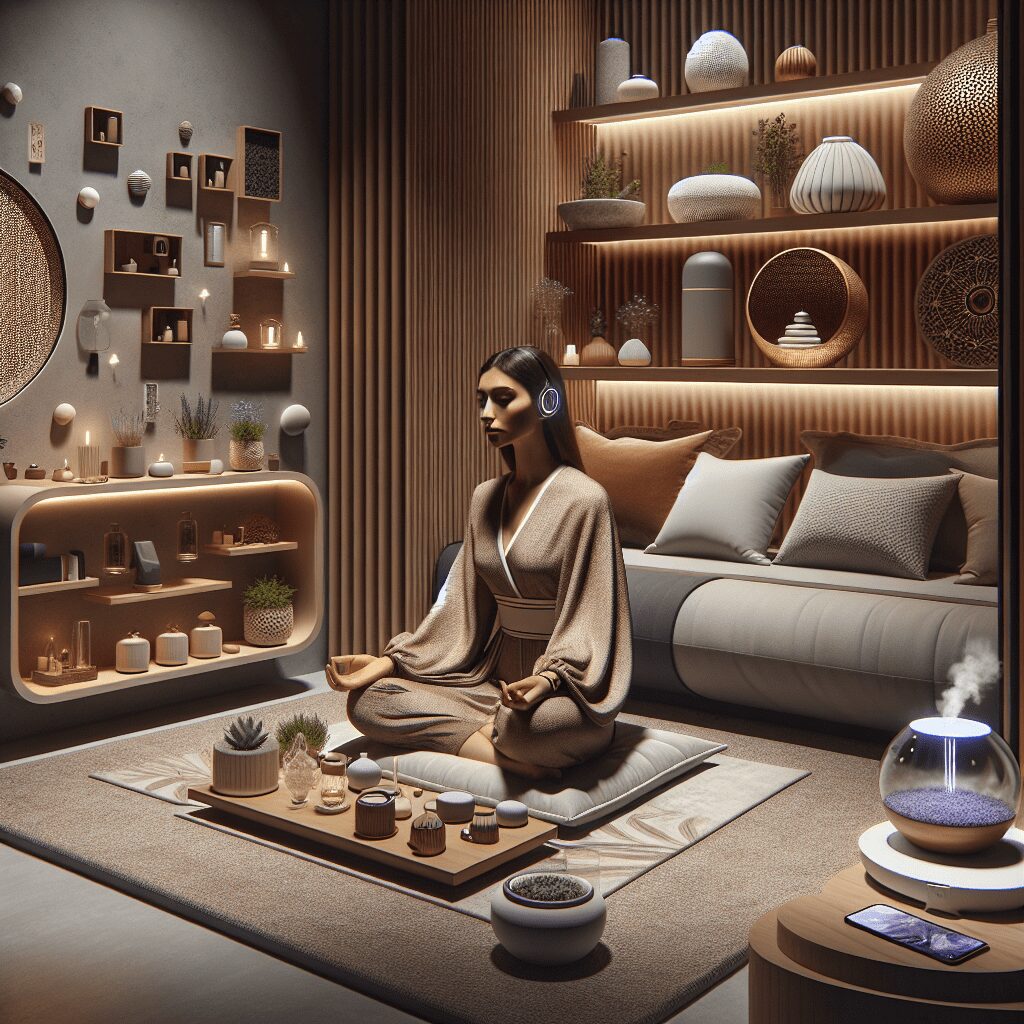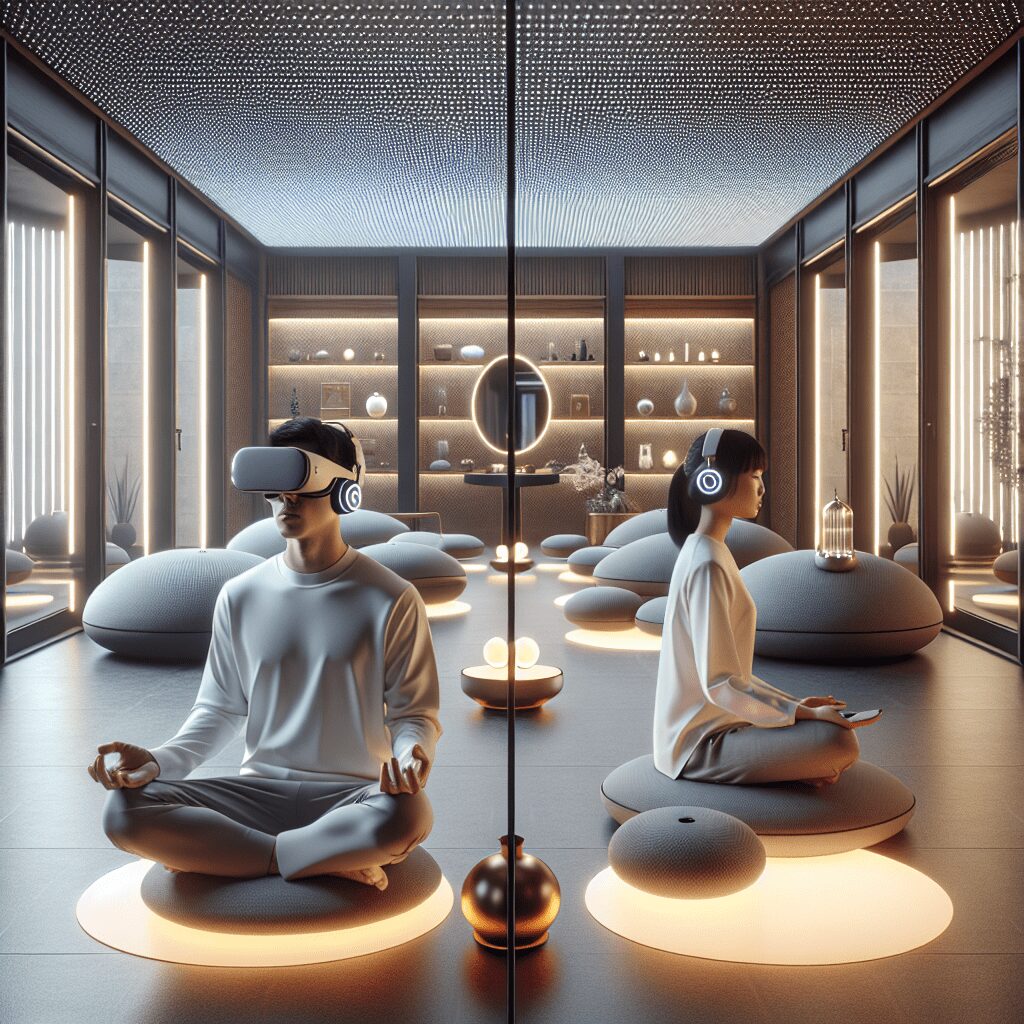
Prioritize your mental well-being daily. Enhance your life by nurturing your mental health with the Smart Meditation app. Break free from stress, alleviate anxiety, and enhance your sleep quality starting today.
How To Meditate With Aphantasia?
Unlocking the Serenity Within: A Meditative Guide for Aphantasia Minds
If you’ve ever felt like a fish out of water when it comes to visualizing during meditation, take heart, you’re not alone. Aphantasia, the inability to conjure mental images, might seem like a hiccup in practices saturated with visualization techniques. But, who says you need to see pictures in your mind to explore the tranquil depths of meditation? Let’s dive into how you can cultivate a peaceful mind garden, visualization not required.
Embracing the World Beyond Visualization
1. Feel, Don’t See
Who said meditation is all about the visuals? Dive into the ocean of your sensory experiences. Focus on the sensations coursing through your body – the cool air filling your lungs, the solid earth beneath your feet, or the symphony of sounds surrounding you. It’s about feeling the moment, not painting it in your head.
2. The Power of Mantra
Got a knack for hearing that internal monologue a little too well? Use it to your advantage. Mantras are like the unsung heroes for the aphantasic meditator. Whether it’s a simple “Om” or a phrase that speaks volumes to you, repeat it silently. By synchronizing your breath with your mantra, you can create an internal rhythm that lulls your mind into serenity.
3. Mindfulness: The Art of Being Present
Mindfulness meditation doesn’t ask you to conjure up Himalayan peaks or tropical paradises. It’s all about being here and now. Tune into the world through your senses – what can you hear, touch, smell, or taste at this very moment? By anchoring your consciousness to the present, you create a robust foundation for peace and clarity.
4. Walking Meditation: Move to the Beat of Peace
Who says you have to be still to meditate? Hit the pavement, or better yet, find a trail in nature and let your footsteps guide you to tranquility. Walking meditation is a fantastic way for individuals with aphantasia to meld movement with mindfulness. Notice the rhythm of your steps, the way your weight shifts, and the sensations underfoot. Before you know it, you’re meditating in motion!
5. Guided Audio Journeys
In a world teeming with podcasts and audio books, guided meditations are your best bet for a visualization-free retreat. Let someone else do the talking while you focus on the cadence of their voice, the pauses between words, and the message they convey. It’s like having a meditation guru right in your ear, leading you through the fog without needing a mental map.
Why Your Aphantasia Might Just Be Your Superpower
Think about it—without the distraction of a mental slideshow, you’re in a prime position to explore meditation in its purest form. Your journey doesn’t abide by the same visual roadmaps that others follow; it’s uncharted territory, and that’s not just exciting, it’s groundbreaking. By fostering awareness through your unique perception of the world, you’re not just meditating; you’re reshaping what it means to find inner peace.
So, why try fitting into the mold with visualization-centric practices when you have the extraordinary ability to experience meditation in a way that’s inherently yours? Remember, meditation isn’t a one-size-fits-all journey. It’s an intensely personal one that offers a spectrum of paths leading to the same destination—peace. Your path, enriched by the nuances of aphantasia, holds the promise of discovery at every turn. Now, that’s something worth exploring.





